Lineage Establishment and Progression within the Inner Cell Mass of the Mouse Blastocyst Requires FGFR1 and FGFR2
- PMID: 28552559
- PMCID: PMC5530874
- DOI: 10.1016/j.devcel.2017.05.003
Lineage Establishment and Progression within the Inner Cell Mass of the Mouse Blastocyst Requires FGFR1 and FGFR2
Abstract
Fibroblast growth factor 4 (FGF4) is the key signal driving specification of primitive endoderm (PrE) versus pluripotent epiblast (EPI) within the inner cell mass (ICM) of the mouse blastocyst. To gain insight into the receptor(s) responding to FGF4 within ICM cells, we combined single-cell-resolution quantitative imaging with single-cell transcriptomics of wild-type and Fgf receptor (Fgfr) mutant embryos. Despite the PrE-specific expression of FGFR2, it is FGFR1, expressed by all ICM cells, that is critical for establishment of a PrE identity. Signaling through FGFR1 is also required to constrain levels of the pluripotency-associated factor NANOG in EPI cells. However, the activity of both receptors is required for lineage establishment within the ICM. Gene expression profiling of 534 single ICM cells identified distinct downstream targets associated with each receptor. These data lead us to propose a model whereby unique and additive activities of FGFR1 and FGFR2 within the ICM coordinate establishment of two distinct lineages.
Keywords: FGF; GATA6; NANOG; blastocyst; epiblast; inner cell mass; pluripotency; primitive endoderm; quantitative image analysis; single-cell transcriptomics.
Copyright © 2017 Elsevier Inc. All rights reserved.
Figures
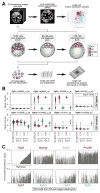
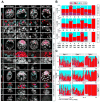

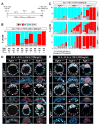
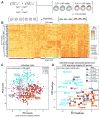
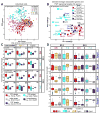

References
-
- Behringer R, Gertsenstein M, Nagy KV, Nagy A. Manipulating the Mouse Embryo: A Laboratory Manual. 4. Cold Spring Harbor Laboratory Press; Cold Spring harbor, NY: 2014.
Publication types
MeSH terms
Substances
Grants and funding
LinkOut - more resources
Full Text Sources
Other Literature Sources
Molecular Biology Databases
Research Materials
Miscellaneous

